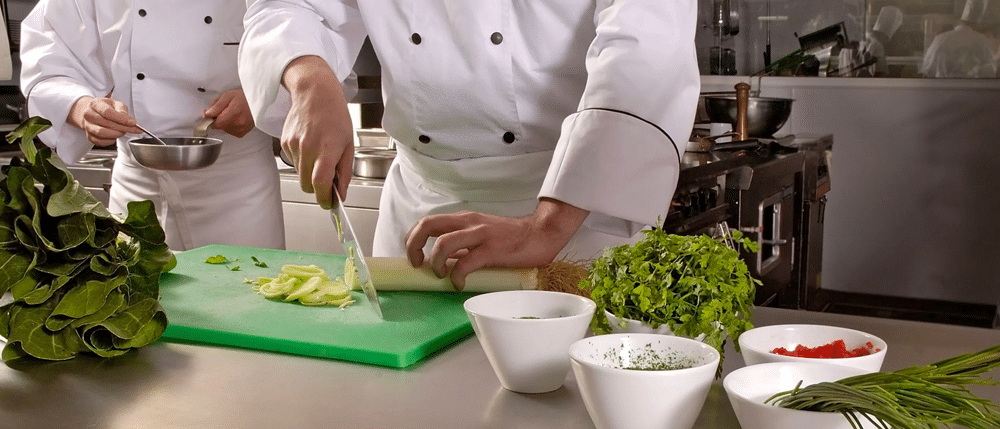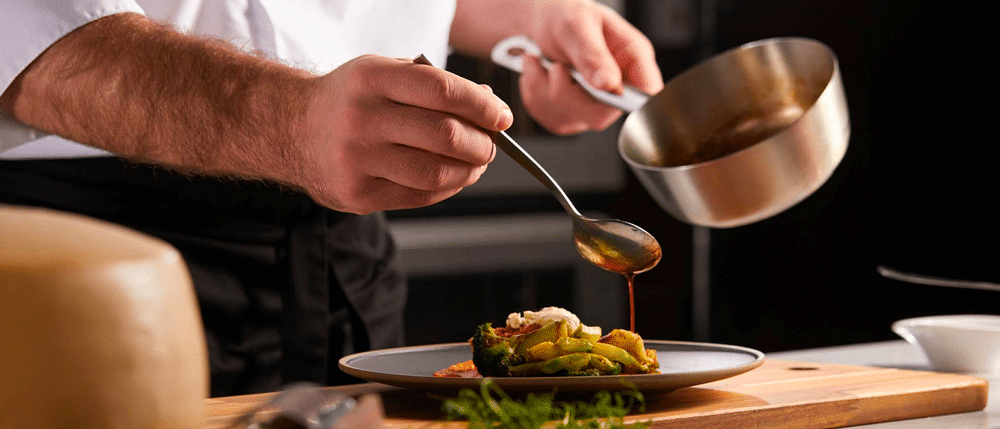
Food Handler Card: What It Is and How to Get Yours
Food Handler Card is paramount in the food service industry. Every day, chefs, cooks, servers, and bartenders handle countless ingredients; even minor slip-ups can lead to serious foodborne illnesses.
As a restaurant owner or manager, you must ensure that every employee who works with food has a valid Food Handler Card. This certificate demonstrates they have completed essential food safety training and understand proper kitchen hygiene practices.
In this comprehensive guide, we’ll delve into what exactly a Food Handler Card entails, who needs one, how to obtain it, frequently asked questions, and why it’s crucial for your business.
What is a Food Handler Card?

A Food Handler Card, also known as a certificate or permit, signifies that an individual has completed a state or county-approved food safety course. This certificate is necessary for anyone handling unpackaged food, equipment, or food-contact surfaces. The training covers vital industry practices such as food temperature control, allergen management, sanitation, hand-washing techniques, and recognizing symptoms of foodborne illnesses. Nowadays, obtaining a Food Handler Card is convenient as many courses are available online, typically ranging from $5 to $30.
Who Needs a Food Handler Card?
Ideally, all employees who directly handle food should possess a Food Handler Card to ensure compliance with health codes and regulations. This includes prep cooks, line cooks, and bartenders. While requirements vary by state and county, most jurisdictions mandate at least one certified food manager to be on staff at all times.
All food employees must obtain a permit in some states, like California, Texas, Hawaii, Arizona, New Mexico, Illinois, and Utah. Regardless of legal requirements, prioritizing food safety by ensuring all staff members are trained is essential for maintaining a hygienic environment and avoiding health code violations.
How to Get a Food Handler Card?

Getting a Food Handler Certificate involves completing an accredited course and passing an exam, which can be done through online or on-site classes. The flexibility of online training allows busy owners, managers, and employees to become certified in just a few hours.
So, how can you find the right training program?
The ANSI National Accreditation Board (ANAB) maintains a comprehensive list of more than 25 organizations offering ANAB -accredited food handler courses. These programs are recognized for their adherence to national food safety standards.
AAA Food Handler stands out as one of the leading providers of food handler certifications.
Online training offers convenience and accessibility for your entire team, with self-paced courses available in multiple languages, such as English and Spanish. You can even complete the training using your smartphone or tablet for added flexibility.
Here’s how to get your food handler card:
Review Your State’s Training Requirements:
Before you start the process, familiarize yourself with your state’s specific training requirements. Each state and city may have different regulations regarding food handling certificates. Visit your state’s Department of Health website to understand the rules, approved courses, and deadlines for obtaining your food handler card.
Purchase the Course:
Once you know your state’s requirements, it’s time to enroll in an accredited food handler course. Look for courses provided by ANAB-accredited organizations like Rserving, AAA Food Handler, Always Food Safe, ServSafe, or MyCertify. These programs adhere to national food safety guidelines and ensure comprehensive training. You can opt for online courses, which are convenient and self-paced, or choose in-person classes if available in your area.
Take the Exam:
After purchasing the course, dedicate time to study the materials provided. Most courses require approximately 90-120 minutes of instruction, followed by an exam. The exam typically consists of 40-45 questions, and you’ll need to achieve a passing score, usually around 75%. Don’t worry if you don’t pass on your first attempt; many programs offer multiple chances to retake the exam.
Receive Your Certificate of Completion:
Upon passing the exam, you’ll receive a certificate of completion. Depending on the program, you may be able to print your certificate immediately or receive a temporary license via mail. Keep this certificate safe; you may need to present it to your employer or health department as proof of certification.
Save It or Display It:
It’s essential to adhere to local regulations regarding the display of food handler certificates. Some health departments require all employees to have their certificates on-site, while others may only require one licensed food handler present during operating hours. Ensure that your certificate is easily accessible and displayed per local guidelines to avoid compliance issues.
Food Handler Card FAQs:
Can you use a Food Handler Card in other states?
Food Handler Cards are generally not transferable between states, but certifications from reputable programs like AAA Food Handler may be recognized nationwide. Always verify individual state requirements before assuming reciprocity.
How long is a Food Handler Card valid?
The validity period of a Food Handler Card varies by state, typically ranging from 2 to 3 years. Renewal procedures also differ, with some states requiring a refresher course and exam while others may offer extended validity upon renewal.
Why a Food Handler Card Matters

Ensuring that all staff members possess a Food Handler Card in a high-turnover industry like restaurants is crucial for maintaining food safety standards. Customers trust that their meals are prepared and served safely, and health inspectors regularly assess compliance with regulations.
Failure to obtain proper permits can result in fines or even closure of the establishment. A Food Handler Card is not just a piece of paper; it’s a vital tool for safeguarding your business, staff, and patrons against foodborne illnesses and regulatory penalties.
Prioritizing food safety through proper training and certification is essential for every restaurant. By ensuring that all employees hold valid Food Handler Cards, you comply with legal requirements and demonstrate your commitment to providing a safe dining experience.
Whether through online courses or in-person training, investing in food safety education benefits your business in the long run.
Take proactive steps today to protect your establishment and earn the trust of your customers.
For More Updates, Follow Us on Facebook.

